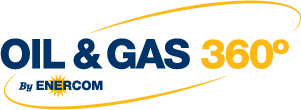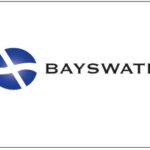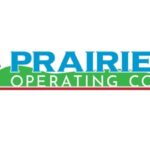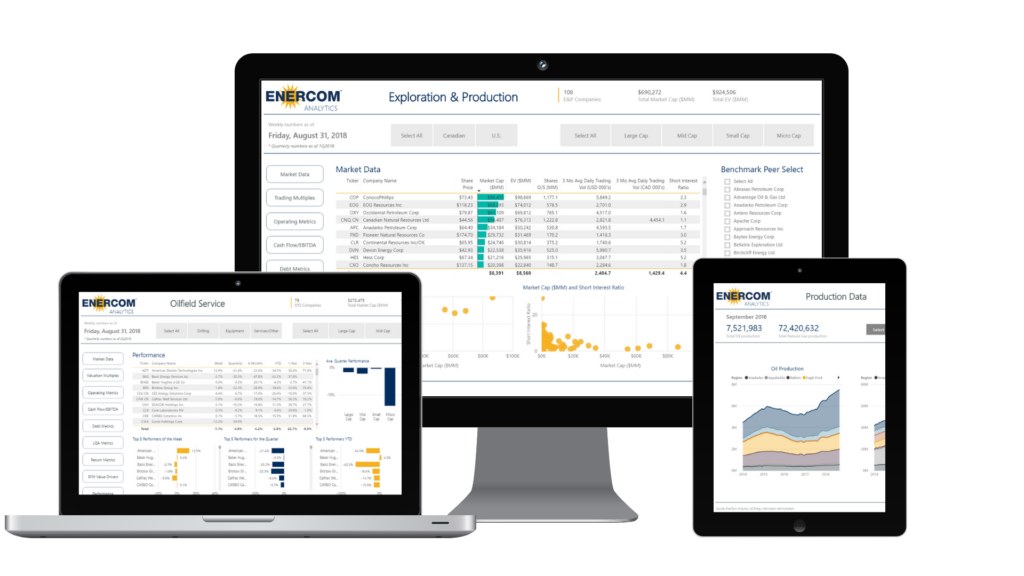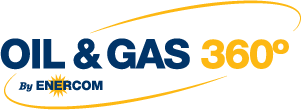Encana Corporation (ticker: ECA) opened 2018 with Q1 net earnings of $151 million. This compares to Q1 2017’s net earnings of $431 million. Cash generated from operating activities reached $381 million, which compares to $106 million in Q1 2017.
Encana’s first quarter production totaled 324,400 BOEPD, of which the company’s core assets contributed 307,500 BOEPD. Total liquids production grew by 31% to 145,200 BPD compared to Q1 2017, with oil and condensate making up nearly 80%. Natural gas production was 1,075 MMcf/d.
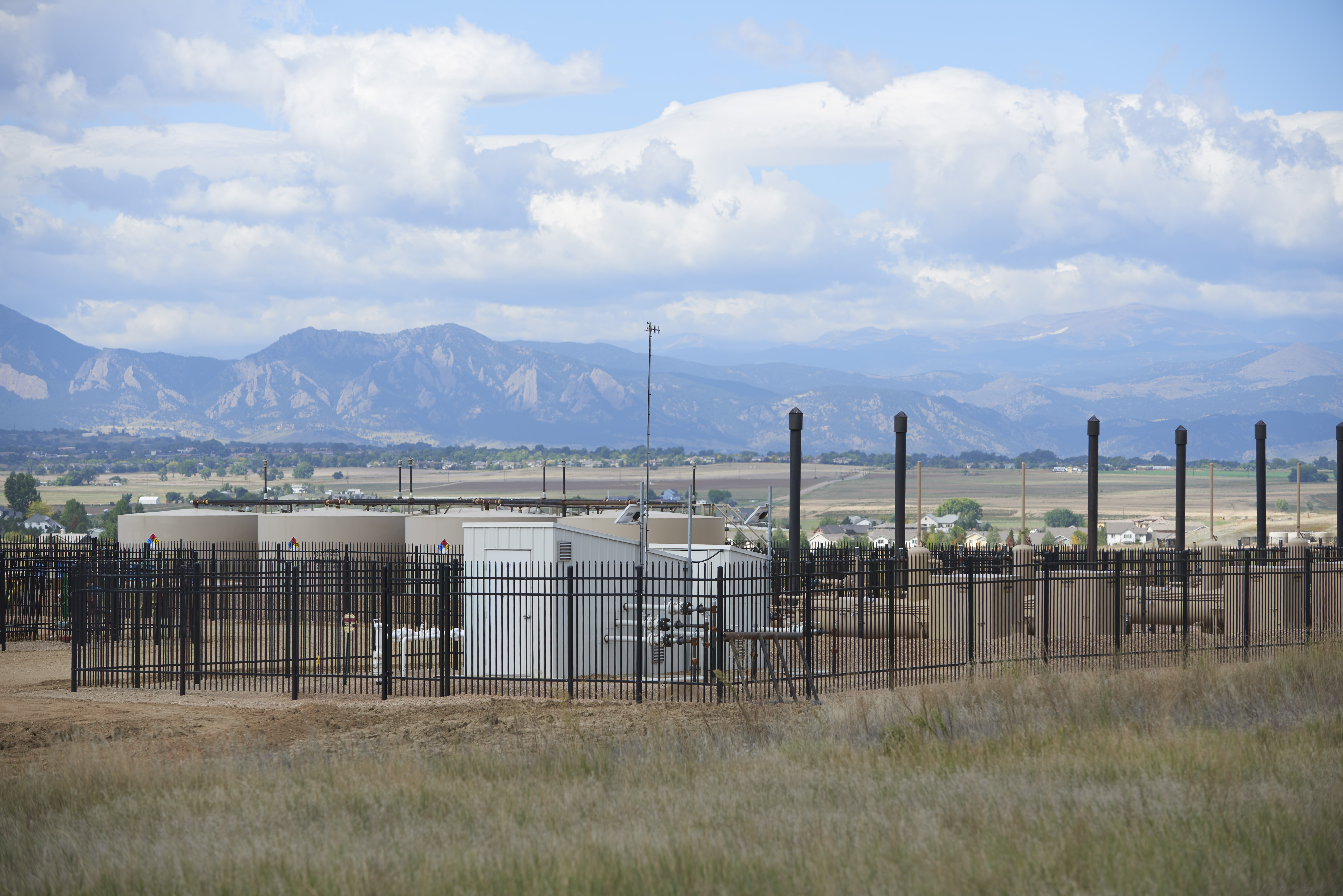
Encana said its Q1 2018 non-GAAP cash flow margin was $13.70/BOE, which is up 41% from $9.72/BOE in Q1 2017. The company expects to deliver a full-year average non-GAAP cash flow margin of approximately $14.00/BOE.
“The first quarter marked a solid start to the year and reinforces our confidence in our plan to deliver more than 30 percent growth within corporate cash flow,” said President and CEO Doug Suttles.
The company is on track to increase total production by more than 30% in 2018 compared to 2017, adjusted for 2017 dispositions. Encana expects its core assets will deliver fourth quarter production between 400,000 BOEPD and 425,000 BOEPD.
Encana said its $1.8 billion to $1.9 billion 2018 capital program is being fully funded by expected cash flow.
Production by region summary
Permian assets had a first quarter oil production of 54,200 BPD and total production of 83,800 BOEPD. The Permian is on track to deliver approximately 30% annual growth and the latest Midland eight-well cube delivered average 30-day initial production rates of 1,500 BOEPD, including 1,150 BPD of oil.
Encana’s Montney play is on track to double liquids production for the second consecutive year. First quarter production was 165,300 BOEPD, including 30,400 BPD of liquids production. The company estimates 55 MBPD to 65 MBPD total liquids production for the fourth quarter.
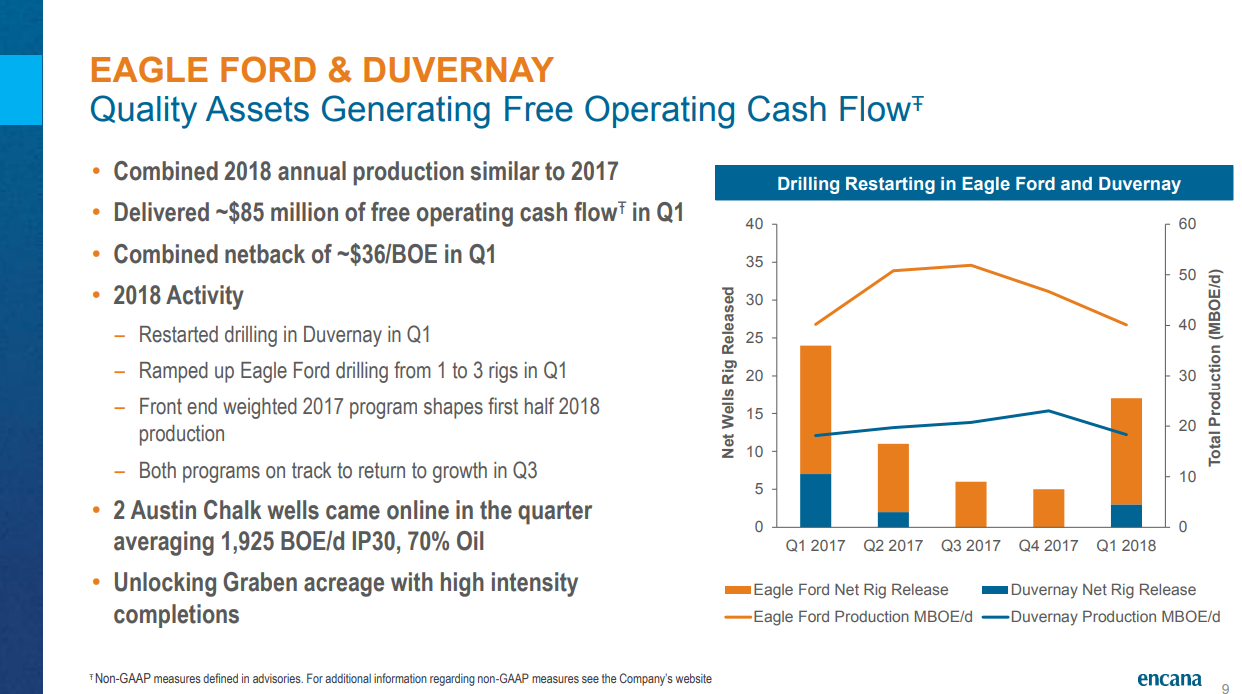
The Eagle Ford and Duvernay delivered total combined first quarter production of 58,400 BOEPD. Encana said it has restarted the Duvernay drilling program and ramped up the Eagle Ford program from one to three rigs – both assets expected to return to growth in the third quarter.
Conference call Q&A excerpts
Q: Can you talk about the CapEx and production trajectory throughout the rest of the year?
CEO Douglas James Suttles: Essentially, in the second half of last year, and particularly in the Duvernay and Eagle Ford, we ramped down activity and we restarted and ramped up activity here in the first quarter and what you’ll see is then we see decline coming off the peak in 4Q – we’ll actually see production build in the second half of the year on those two assets.
If I kind of go asset by asset, we’ve ramped up to three rigs in the Eagle Ford today, that will actually ramp down a little bit as we go through the year. We’ve currently got four rigs running in the Duvernay at the moment, but that will also ramp down as we go through the year.
The Permian will be relatively flat averaging between four and five rigs similar to last year, and as Mike said, we started the year in the Montney at 13 rigs, we’re currently at 10 and a lot of that is as we built capacity to fill these new liquids hubs.
We have a bit more front-end first half capital than second half and we have a lot of our production growth shows up in the second half of this year in particularly from the Eagle Ford, the Duvernay and the Montney.
Q: In the Permian, was there any infrastructure spend in that capital number of about $240 million for the quarter?
Suttles: Very little.
In fact, one of the things that we’re really proud of is our $2.50 per BOE operating cost on our horizontal wells. I think that’s right there with the very best in the basin and we did it without spending hundreds of millions of dollars each year on infrastructure.
Essentially, I think we’ve been building our latest two water resource hubs, but I think as we’ve talked before, those cost in the neighborhood of $3 million. So it’s quite small.
The infrastructure spending is very small.
Q: Regarding the Montney and the production trajectory… you further accelerated the number of wells drilled to 40 in the quarter. Can you just talk a little bit more on the timing of the ramp-up and the magnitude of higher condensate yields and the impact that has on the ability to process that condensate and how to get those wells to sales?
Suttles: We do expect to see pretty significant liquids growth quarter-over-quarter from Q2 to Q1. We do have a plant turnaround of one of our gas plants in the quarter, which is going to impact volumes a bit, that’s been planned.
And then of course, in the second half of the year, we have the two liquids hubs coming on, one in Cutbank Ridge in British Columbia, and the other one at Pipestone in Alberta. And of course, what we’re doing is drilling — starting to drill wells to be able access that, but maybe, Mike, you can add some more color.
COO Michael Gerard McAllister: Here, come this May 22, we’re scheduled to count down in our Sexsmith plant for a turnaround which isn’t last spud at 18 days. So that impacts Q2, as I mentioned, about 5,000 BOEPD.
With respect to the liquids growth, I mean we’re really confident, we’re seeing some great well results that support our ability to grow our production, up to between 55,000 to 65,000 barrels a day here coming in the Q4. That’s supported with two liquids hubs, which really the front-end liquid separation of our gas plants, one in the North Central liquids hub that’ll feed our Tower plant and it takes the liquids out going into our Sunrise gas plant and then in Pipestone.
So, generally speaking, we’ll see good liquids growth starting in Q2, but it will ramp up as we approach Q4.
